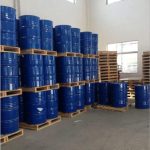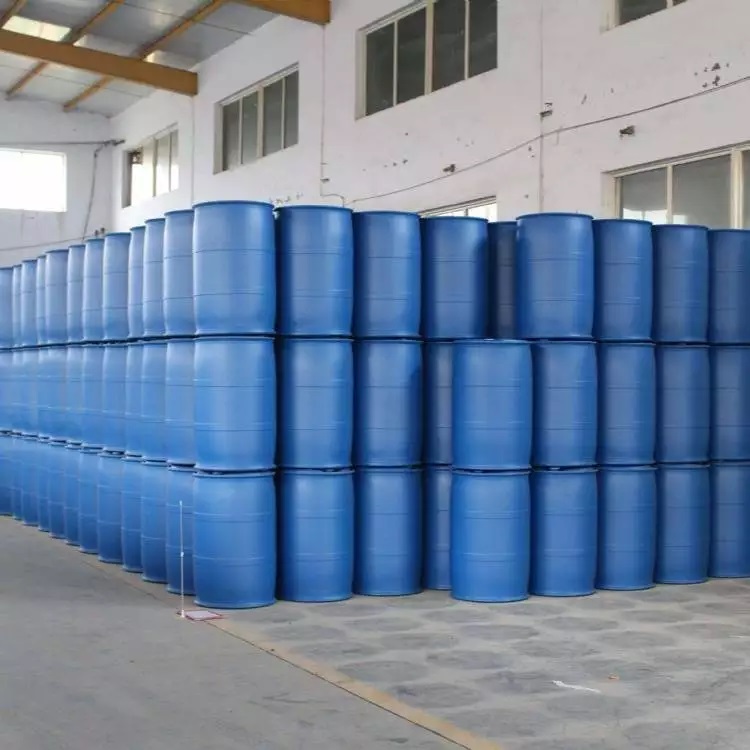
Propylene oxide(PO)
Physical and chemical properties Propylene oxide is also known as vinyl chloride, 1,2-propylene oxide, propylene oxide, methyl ethylene oxide, referred to as P.O., a colorless, flammable, volatile liquid with an ether-like odor. Relative molecular mass 58.08. Relative density 0.823 (25°C). Melting point -112.13°C. Boiling point 34.23°C. Refractive index 1.3664. Flash point -35°C (closed). Ignition point 420°C. Vapor pressure (Pa): 1.04×104 (-20°C), 2.80×104 (0°C), 6.53×104 (20°C), 7.59×104 (25°C). Soluble in water (40.5 at 20°C, 60 at 30°C), miscible with most common reagents. It forms a binary azeotrope with water (1%), with a azeotropic point of 39.9°C. It can also form binary azeotropes with dichloromethane, ether, cyclohexane, cyclopentane, pentene, etc. Vapor and air can form explosive mixtures with an explosion limit of 1.9% to 24% (volume fraction). It is optically active, with the specific optical rotation of the d-body being +12.72° (18°C) Chemicalbook, and the l-body being -8.26° (18°C). There are chemically active epoxy groups in the molecule, which can undergo many chemical reactions. The chemical activity is slightly lower than that of ethylene oxide. It reacts with substances containing active hydrogen (such as water, alcohol, acid, and amine) to form diols, alcohol ethers, and alcohol amines by ring opening. Hydrolysis reaction generates propylene glycol. Etherification reaction generates alcohol ethers. Under the action of a catalyst, polyether polyols can be generated. Reacts with glycerol to generate polyether triols. Reacts with carboxylic acids to generate esters. Reacts with ammonia to generate alcohol amines. Reacts with hydrogen halides to generate halogenated alcohols. Reacts with hydrogen sulfide to generate mercaptans. It reacts with thiophenol to generate hydroxypropylphenyl sulfide. Under the action of trimethylamine catalyst, it reacts with carbon disulfide to generate allyl trithiocarbonate. Under the action of catalyst, it can isomerize to generate propionaldehyde. Propylene oxide is toxic and irritating to the skin and eyes, even a 1% dilute solution is irritating. The vapor irritates the respiratory organs and eyes, and has a depressive effect on the central nervous system after inhalation. The oral LD50 of rats is 930mg/kg. The maximum allowable concentration in the workplace is 20×10-6.







